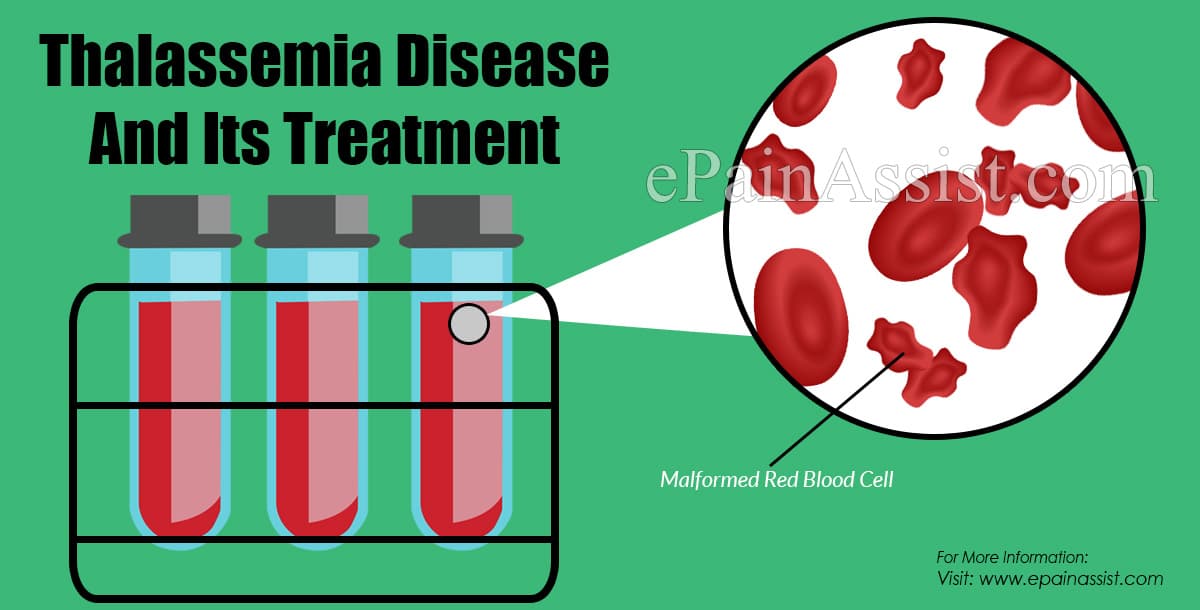You must have heard about Thalassemia. It is a hereditary blood disorder and it has an effect on the capacity of the body to generate red blood cells and haemoglobin. An individual who has got thalassemia is going to be excessively short of red blood cells and hemoglobin. His red blood cells could also be excessively small.  The impact of thalassemia disorder can vary from trivial to acute and fatal. The number of newborns who have acute forms of thalassemia every year is approximately 100,000. The lineages that it affects the most are South Asian, Mediterranean, and African.
The impact of thalassemia disorder can vary from trivial to acute and fatal. The number of newborns who have acute forms of thalassemia every year is approximately 100,000. The lineages that it affects the most are South Asian, Mediterranean, and African.
Thalassemia Symptoms
The symptoms of this blood disorder differ based on the type of thalassemia. Symptoms are not going to be evident in a good number of infants who have beta thalassemia and a few sorts of alpha thalassemia before they are 6 months old. The reason for this is that neonates have a diverse sort of haemoglobin that is referred to as fatal haemoglobin. Once six months old “normal” haemoglobin begins to substitute the mortal sort, and symptoms are likely to start emerging. Some of such symptoms in thalassemia are:
- Drowsiness and exhaustion
- Jaundice and insipid skin
- Chest pain
- Shortness of breath
- Cold hands & feet
- Swift heartbeat
- Leg cramps
- Delayed growth
- Poor feeding
- Giddiness and faintness
- Headaches
- Weakness to infections
There is a possibility of skeletal deformities since the body attempts to generate more bone marrow. In the event of excessive iron, the human body is going to make an attempt to absorb more iron for compensating. There is also the possibility of Iron accumulating from blood transfusions. Too much of iron can cause harm to the heart, liver, and spleen.
- Patients who have got haemoglobin H have more possibility of developing
- Gallstones
- An inflated spleen
- On being left untreated, the complications of this blood disorder can be the cause of organ failure.
Thalassemia Diagnosis
A good number of children who have moderate to acute thalassemia show indications & symptoms within their initial two years of life. A doctor who suspects that your kid has thalassemia could sanction a diagnosis by the use of blood tests. If your kid is afflicted with thalassemia, blood tests could disclose:
- A low amount of red blood cells
- Size of red blood cells being smaller than expected
- Red blood cells of various size and shape
- Insipid red blood cells
- Red blood cells having irregular haemoglobin distribution that appears like a bulls-eye underneath the microscope
Treatment For Thalassemia
Treatment is based on the sort and acuteness of thalassemia. Blood transfusions – These have the capacity of replenishing levels of red blood cell and haemoglobin. Patients who’re suffering from thalassemia major are going require approximately eight to twelve transfusions yearly. Those who have got less acute thalassemia are going to require as much as eight transfusions yearly. This number could increase when you are suffering from illness, infection, or stress. Iron chelation – This encompasses the removal of surplus iron from one’s bloodstream. Every now and then blood transfusions could be the cause of iron overload. This is able to cause damage to the heart and more organs. Patients are likely to be suggested Deferoxamine, which is a medication that’s injected beneath one’s skin or Deferasirox, which is to be had orally. All of the patients who are given blood transfusions & chelation could also require folic acid supplements. These aid in the development of red blood cells. Stem cell, or Bone marrow, transplant: the bone marrow cells generate white and red blood cells, platelets, and haemoglobin. Transplants from a well-matched donor are likely to be a successful treatment, in acute cases. Surgery – This could be essential for correcting bone anomalies. GENE THERAPY – Several scientists are inspecting genetic methods for the treatment of thalassemia. Among the possibilities are: Inserting of a regular beta-globin gene inside the bone marrow of a patient or Making use of drugs for reactivating the genes that generate haemoglobin Presently, drugs devised to do away with surplus iron have considerably altered the thalassemia major prognosis. Patients are able to develop routinely, with relatively regular heart & liver functions. Grown-up patients are leading good lives and several have kids of their own.
- National Institutes of Health. (2021). Thalassemia. Retrieved from https://www.nhlbi.nih.gov/health-topics/thalassemia
- Mayo Clinic. (2021). Thalassemia. Retrieved from https://www.mayoclinic.org/diseases-conditions/thalassemia/symptoms-causes/syc-20354995
- Centers for Disease Control and Prevention. (2020). Thalassemia. Retrieved from https://www.cdc.gov/ncbddd/thalassemia/index.html
- American Society of Hematology. (n.d.). Thalassemia. Retrieved from https://www.hematology.org/education/patients/anemia/thalassemia
Also Read:
